Vietnam Coffee Market Overview (2025 Edition): Growth & Trends
Vietnam Coffee Market: Remarkable Growth in Size and Value
Coffee has become a daily ritual for millions of Vietnamese, fueling rapid expansion in consumption size and spending.
The Vietnam Coffee Market reflects this strong growth, as the country is not only the world’s second-largest coffee exporter but also a fast-growing domestic consumer market. In accordance with an industry research by Mordor Intelligence, the Vietnam Coffee Market size was valued at USD 518.72 million in 2025. This growth highlights Vietnam’s increasing appetite for both traditional robusta brews and modern specialty coffee.
In terms of volume, Vietnamese consumers are drinking more coffee than ever before. Domestic consumption is forecast to reach 4.9 million 60-kg bags in 2025, up from about 4.0 million bags in previous years (Daily Coffee News). This rising demand is driven by urbanization, a younger middle class, and the popularity of café culture in cities like Ho Chi Minh City and Hanoi.
At the same time, Vietnamese consumers are willing to pay more for premium products, with café chains, specialty roasters, and ready-to-drink coffee gaining traction. Reports show that 35 million cups of coffee are consumed daily in Vietnam, making it one of the highest coffee-drinking nations in Asia (Vietnam Briefing).
Market Competition: Fierce but still Attractive for Investment
This coffee-drinking culture in Vietnam makes the sector one of the most competitive in Asia, with over 500,000 coffee shops nationwide ranging from small alley cafés to upscale chains (Vietnam News).
Major domestic players like Highlands Coffee, Trung Nguyên Legend, and Phúc Long have achieved national scale. In the meantime, international chains such as Starbucks position themselves as premium, aspirational brands.
Even though competition is fierce, new openings show no signs of stopping because barriers to entry are low. This crowded landscape means that differentiation is not a choice, but a necessity.
Differentiation Through Service
Speed and convenience dominate in urban hubs like Ho Chi Minh City, where mobile ordering and delivery are crucial. At the same time, boutique cafés compete by offering personalized, community-driven service, appealing to loyal regulars.
Differentiation Through Brand Concept
In order to compete with big players, local cafés are putting greater effort into creating unique concepts that resonate with consumer lifestyles. Many are moving beyond being just a place to drink coffee, transforming into spaces where people can connect, work, or express their individuality.
Decorative cafés with distinctive interior themes attract social media-savvy visitors, co-working space cafés offer flexibility for freelancers and students, and pet cafés provide playful, community-driven experiences. These concepts not only meet evolving consumer demands but also help smaller operators stand out in a crowded market.
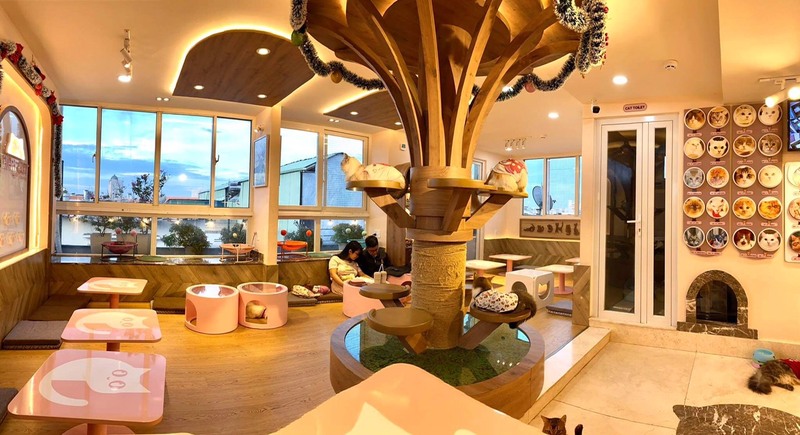
Cat Cafe. Credit: Purrfect Coffee
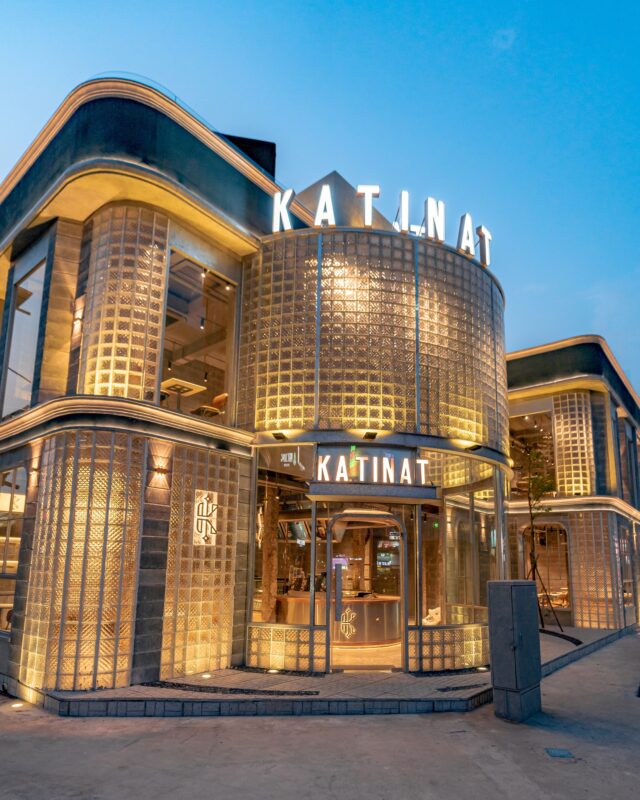
Katinat is expanding its business.
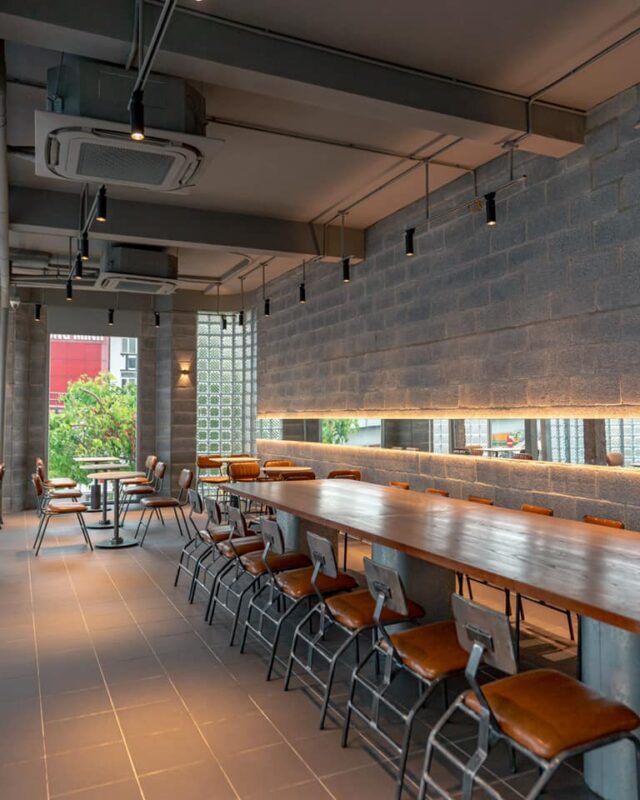
Well-equipped furniture creates every store of Katinat a Instagrammable spot
Differentiation Through Product Quality and Innovation
While robusta phin coffee remains a cultural staple, younger demographics are shifting toward specialty arabica blends, cold brews, and international-style espresso drinks. Chains like Phúc Long expand into tea and dessert offerings, while specialty roasters highlight single-origin beans, sustainability, and traceability to justify premium pricing.
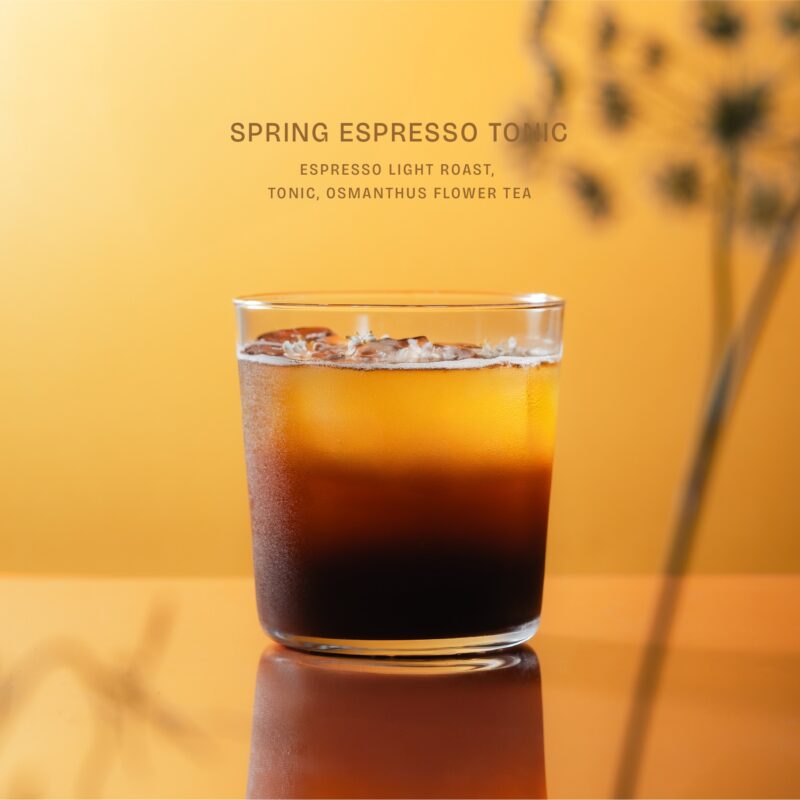
An innovative drink by Every Half Roastery
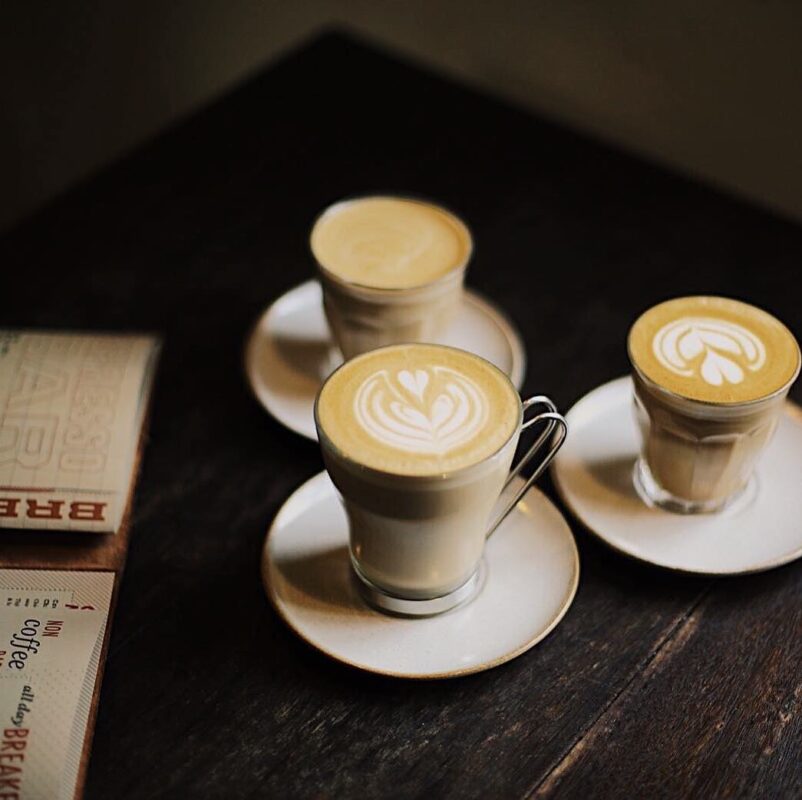
The Workshop (HCMC) is famous for its coffee quality
What is special about Vietnamese consumers’ behavior?
Vietnam coffee market is defined by a striking dualism: the coexistence of price-sensitive, tradition-rooted robusta drinking, and a rising premium segment driven by younger consumers favoring arabica and specialty experiences.
Robusta vs. Arabica: the price-and-perception divide
Vietnam is overwhelmingly a robusta-producing country: about 95 % of its coffee output is robusta, leaving only around 5 % for arabica (citation). That makes robusta both abundant and relatively inexpensive. As a result, affordable coffee offerings – street-side drip coffee (cà phê phin), instant mixes, and local cafés – are almost always robusta-based. Robustas deliver strong body and bitterness, attributes that many Vietnamese consumers associate with “real coffee” flavor.
Still, the premium and specialty segment places higher value on arabica’s smoother, more nuanced flavor. Younger, urban consumers are increasingly seeking arabica single-origin, filtered brews, cold brew, or specialty blends – even willing to pay a premium for it. Because arabica supply is limited domestically, many specialty cafés import beans or blend local robusta with imported arabica to balance cost and quality.
This contrast means that many coffee consumers “trade up” gradually: a typical consumer might continue to enjoy inexpensive robusta drops daily, but occasionally indulge in an arabica latte or pour-over at a premium café. Brands that can straddle this spectrum – from accessible robusta to premium arabica – have a competitive advantage.
Generational divide: Gen Z & Millennials vs. older consumers
The generational fault line within the Vietnam Coffee Market is stark. Older consumers grew up in a time when affordable robusta and condensed milk coffee dominated. Their habits remain anchored in local cafés, street-side rituals, and price sensitivity. Coffee, for them, is comfort, tradition, and part of daily life.
In contrast, younger generations are reshaping the Vietnam Coffee Market. Gen Z and Millennials see coffee as an extension of their identity, social life, and aesthetic expression. Research shows that Vietnamese Gen Zers drink coffee daily, often preferring iced versions of cà phê sữa đá, yet they are also more experimental—open to new flavors, brewing styles, café formats, and international trends.
Beyond the drink itself, these consumers expect cafés to create visually appealing spaces, offer convenient digital ordering, and include modern options like non-dairy milk and plant-based choices. Social media plays a major role in influencing where they go and what they drink.
Moreover, Gen Zers care deeply about storytelling, sourcing, and design aesthetics. Many are drawn to cafés that promote farm-to-cup transparency, eco-friendly packaging, and local cultural identity. For them, a cup of coffee must not only taste good but also look good, be shareable, and reflect their lifestyle values.
Quick Recap
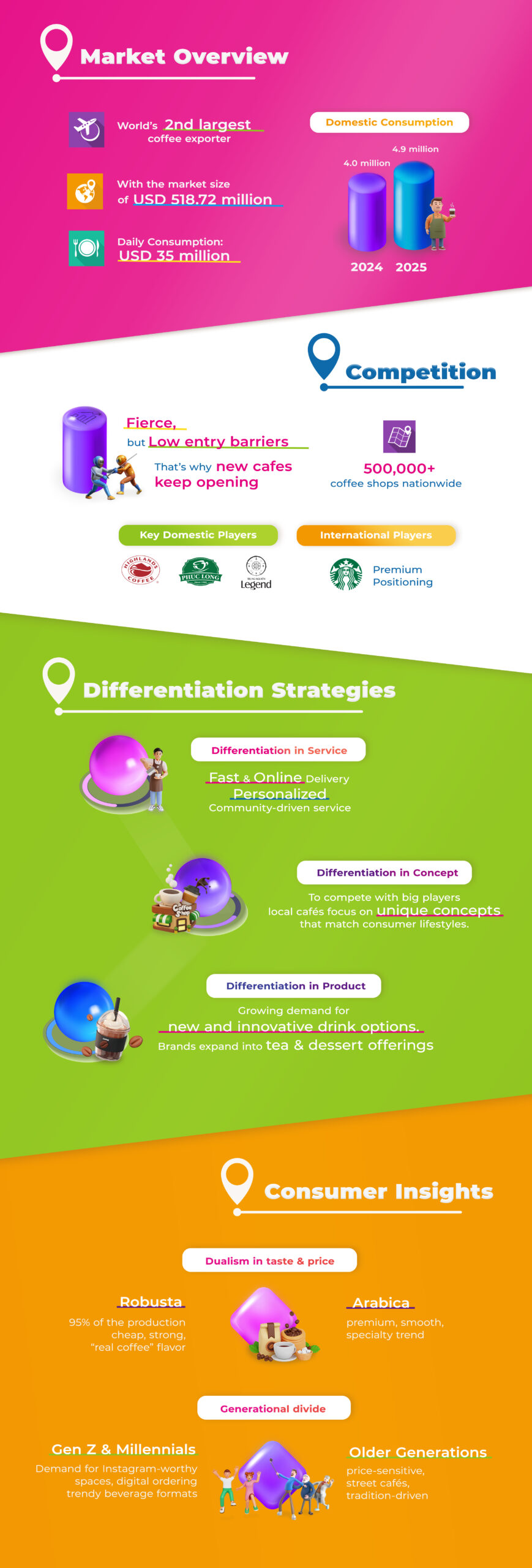
Leverage POINTS Creative’s insight into Vietnamese consumer behavior and on-ground activation expertise to craft campaigns that truly resonate. Get in touch with our Vietnam team today.

Comments (0)